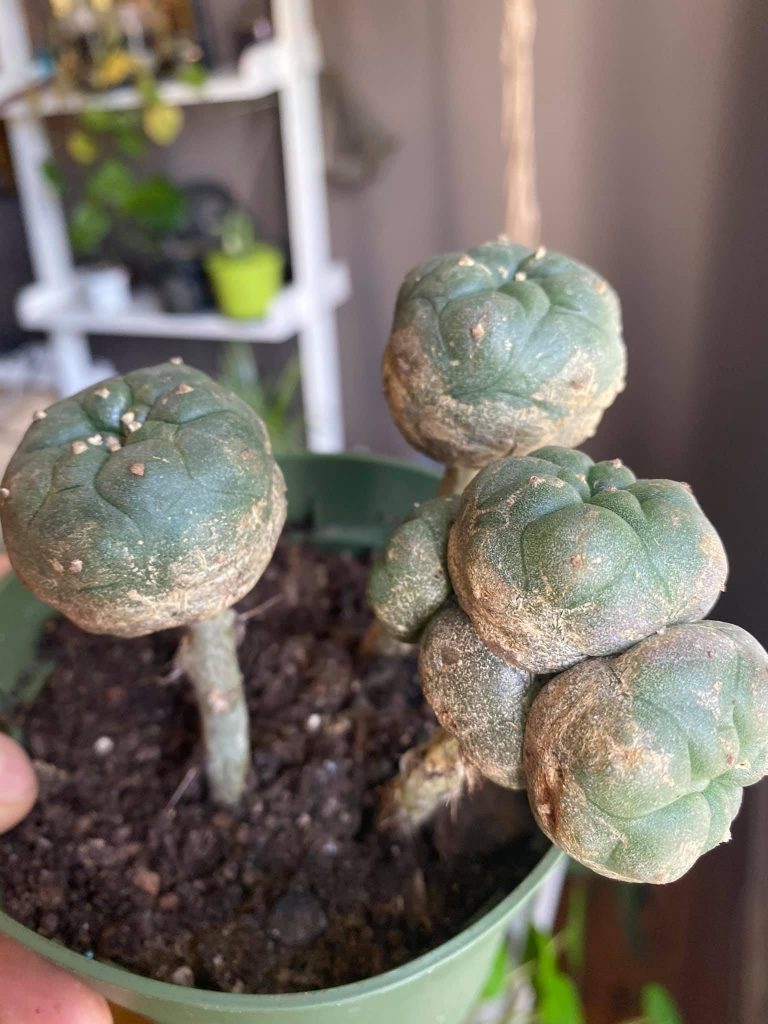Spider Mites on Cactus: How to Identify and Get Rid of Spider Mites
In the vast tapestry of plant care, few nuisances rival the impact of spider mites on cactus enthusiasts. These minuscule arachnids, often invisible to the naked eye, can wreak havoc on these resilient, seemingly invincible plants. Their infestation usually goes unnoticed until significant damage has occurred. Therefore, swift and informed action is vital for preserving the integrity and vitality of your cacti.
Understanding the nature of spider mites is essential. These pests are most prevalent in warm, dry conditions—ideal environments for many cactus species. The presence of spider mites might not only damage your succulents but also invites curiosity into the intriguing yet perilous relationship between plants and pests. An observation of spider mite activity provides a lens through which to explore broader themes in horticulture and ecology.
Identifying Spider Mites: The Tell-Tale Signs
Spider mites are not just simple nuisances; they are cunning adversaries. Their presence can be suspected through various indicators. Initially, an astute observer may notice fine webbing at the junction of spines or along the cactus’s surface. This silken strand is not ordinary; it serves as their protective cocoon, allowing them to thrive undetected.
Upon closer examination, countless tiny, speck-like creatures may be spotted traversing the cactus surface. These mites range from yellow to red, and their size averages around 1/50th of an inch. While spotting them is often difficult, one key identifying feature is their behavior. Healthy cacti may present bright, vibrant skin, while infested ones will show signs of distress: a mottled or stippled appearance on their epidermis, often accompanied by desiccated patches.
Additionally, actively infested cacti may exhibit leaf drop or slowed growth. Whether you manage a grand collection or a solitary specimen, being observant can make the difference between an easy management strategy and a full-blown infestation.
Beyond mere observation, understanding the environmental conditions conducive to their proliferation is paramount. Dry, warm conditions act as a catalyst for spider mite growth, making frequent monitoring essential, especially during the peak growing season when cacti are most vulnerable. Maintaining appropriate humidity levels can create an inhospitable environment for these pests.
Effective Strategies for Eradication
Once an infestation is confirmed, immediate action is critical. However, tackling spider mites requires a blend of preventative and reactive measures. The first step involves isolation; remove the affected cactus from others to prevent cross-contamination. Such measures can ensure that the infestation does not spread further into your collection.
To effectively remove spider mites, consider natural approaches before resorting to chemical pesticides. A thorough rinse under a strong stream of water can dislodge many mites and their webs. This method is both eco-friendly and effective, albeit sometimes requiring multiple treatments. Frequent rinsing helps in not only removing the pests but also reversing the damage induced upon the plant.
If the infestation persists, introducing beneficial insects, such as ladybugs or predatory mites, can serve as a sustainable solution. These natural predators feast upon spider mites, allowing for a balanced ecosystem in your garden. It’s a relatively low-maintenance option that has proven effective in various horticultural contexts.
For more aggressive infestations, insecticidal soap or neem oil may be employed. These organic solutions can disrupt the lifecycle of spider mites and should be applied according to the label directions to ensure efficacy while minimizing harm to your plants. Do remember that thorough coverage is essential, as spider mites tend to hide in crevices and under leaves. Regularly monitoring the results of any treatment will inform subsequent actions, ensuring your approach adapts to the situation.
Anti-Pest Culture: Prevention is Key
While dealing with active infestations is crucial, maintaining a proactive prevention strategy is equally important. A preventative approach reduces the likelihood of unwarranted intruders taking a liking to your cacti. The optimal strategy involves fostering healthy growing conditions. Healthy plants are inherently more resistant to pests, so proper watering, adequate light, and suitable potting conditions play a foundational role in pest management.
Furthermore, frequent inspections of all plants, particularly after bringing new specimens into the environment, can aid in early detection. Quarantining new arrivals is a sensible practice that allows for thorough observation before introducing them into your collection. Regularly cleaning nooks and crannies, both in your gardening environment and on the plants themselves, can help minimize spider mite populations.
Another preventative measure involves maintaining a diverse plant collection. A wide variety of flora can disrupt spider mites’ preferred environments, making it challenging for them to flourish. Incorporating companion plants that are known to repel spider mites may offer additional defenses, further enhancing the resilience of your cactus collection.
Culmination: A Vigilant Approach to Cactus Care
The battle against spider mites is an arduous one, but not insurmountable. Awareness, identification, and eradication can lead to the successful management of these pests, safeguarding the health of your cherished cacti. With proactive measures and a dedicated eye, enthusiasts can not only protect their plants but also deepen their appreciation for the intricate dynamics that govern the interaction between flora and fauna.
Through an observant and informed approach to care, not only will one combat the creeping menace of spider mites, but also foster a thriving garden that reflects a symbiotic relationship between care, awareness, and nature’s resilience.





Leave a Comment